What We Treat
Knee pain
Hip pain
Shoulder pain
Foot and Ankle pain
Elbow pain
Head and Neck pain
Find out more about how we connect the dots from the deepest root & eliminate your pain from the source below!
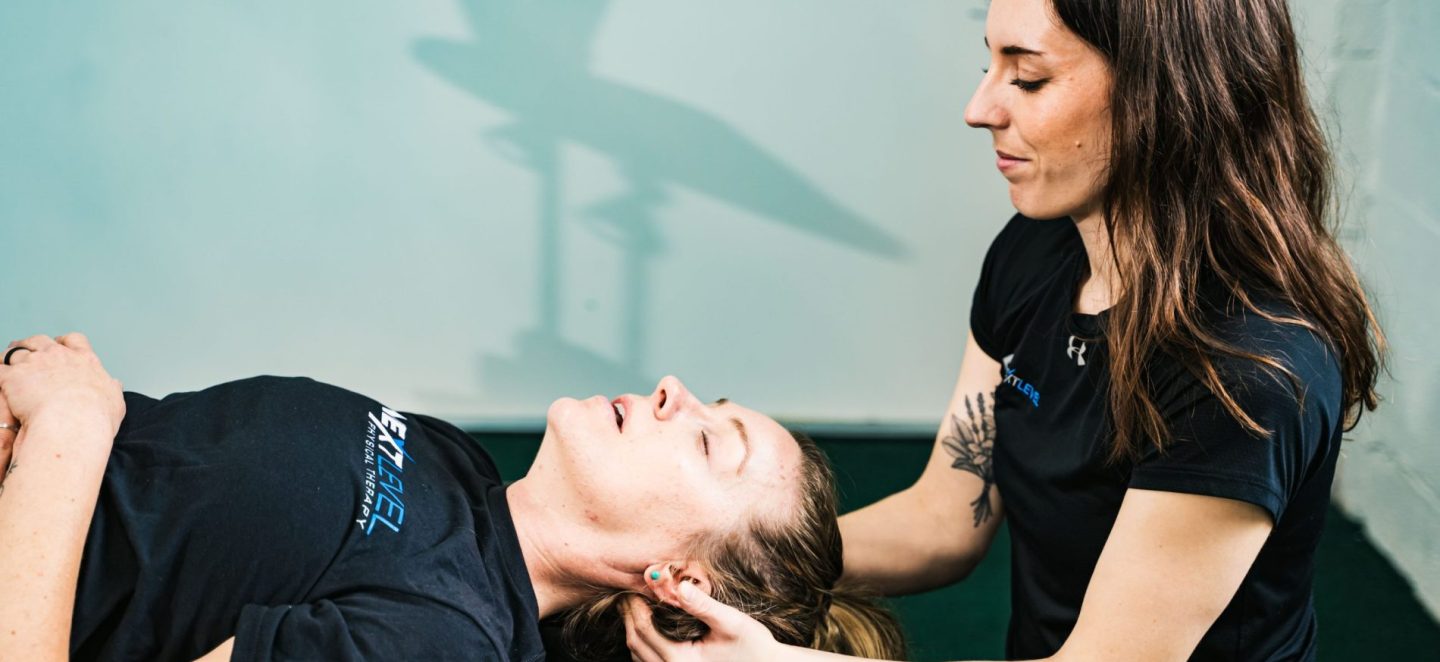

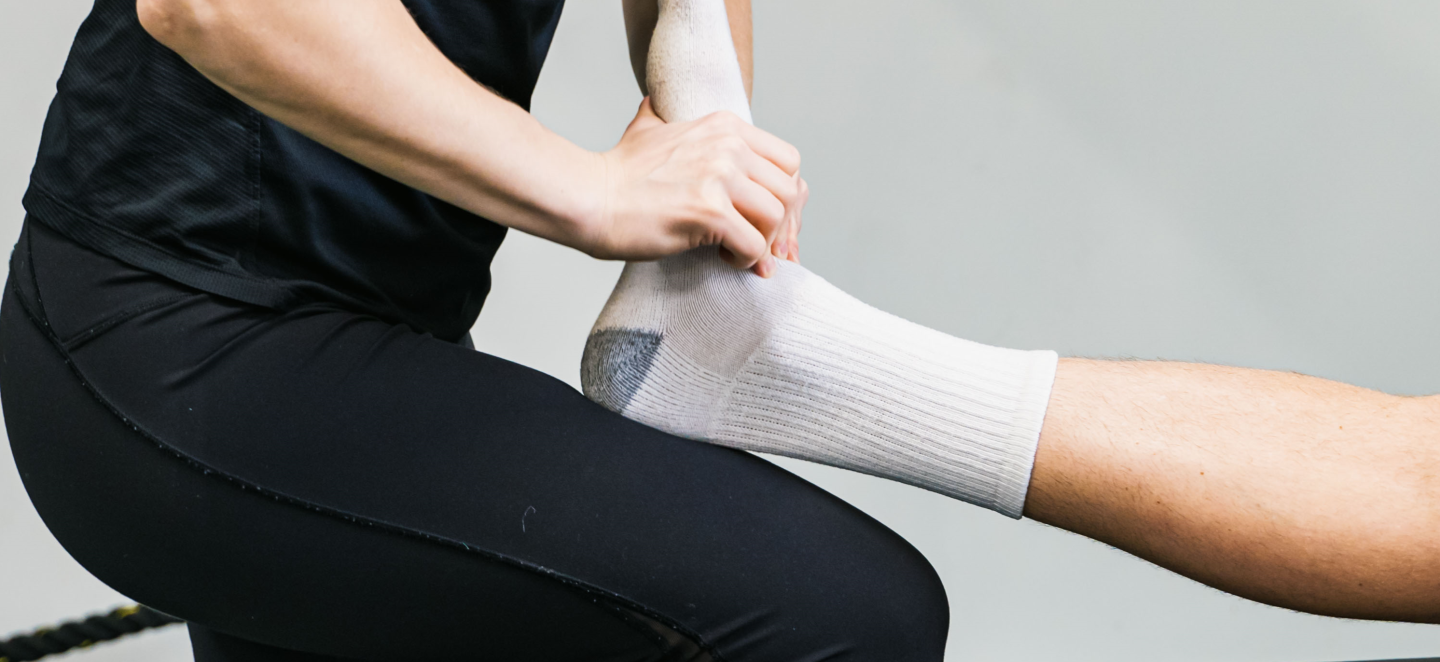
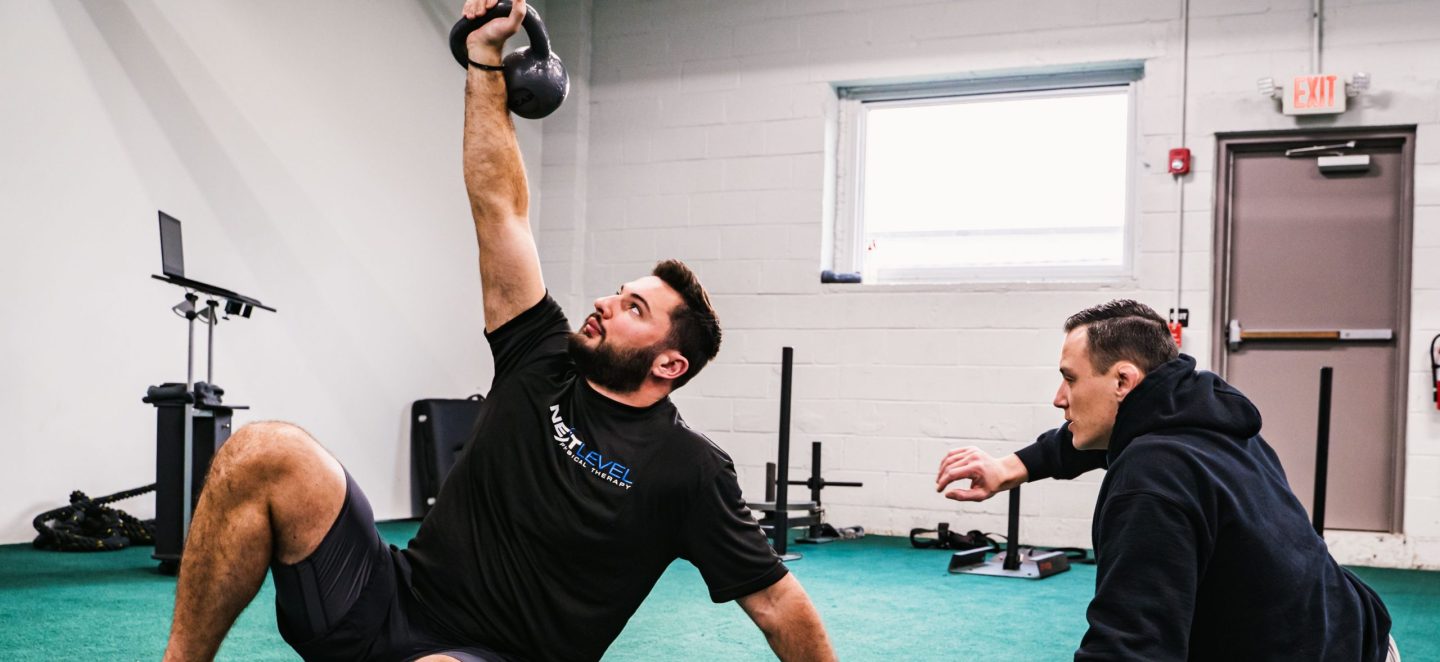
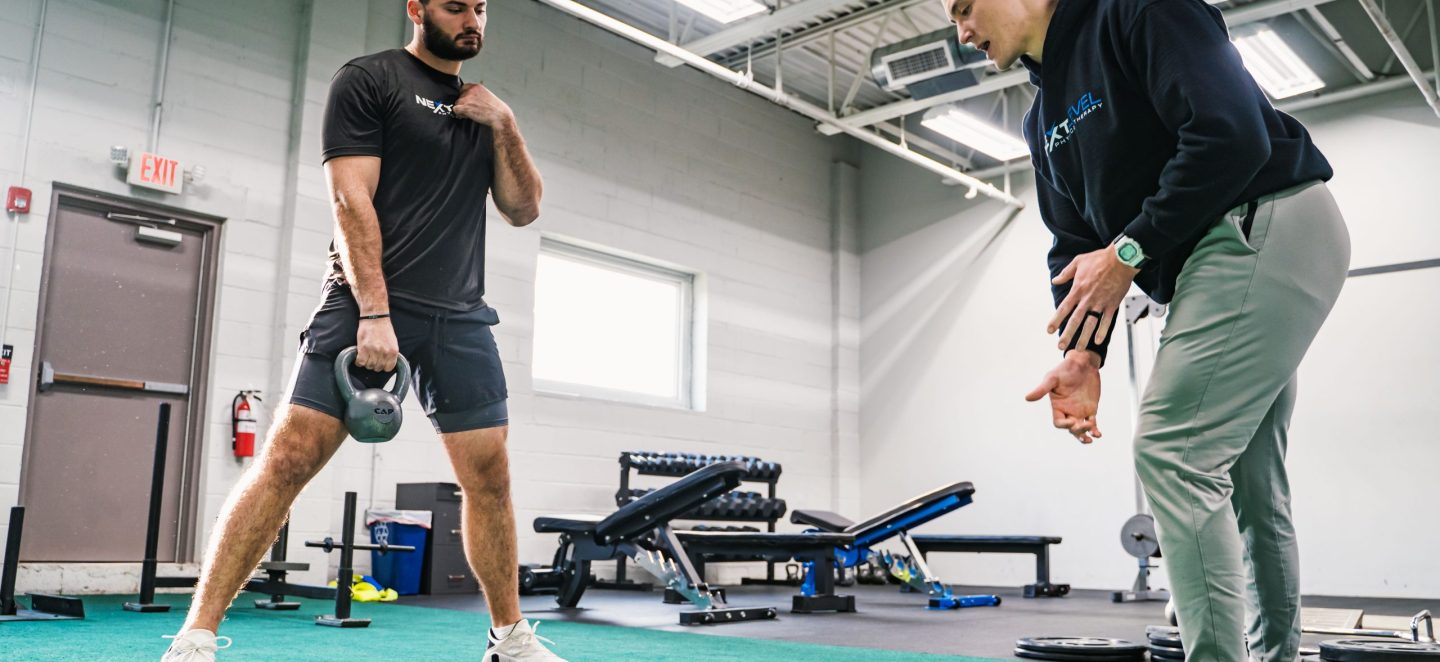
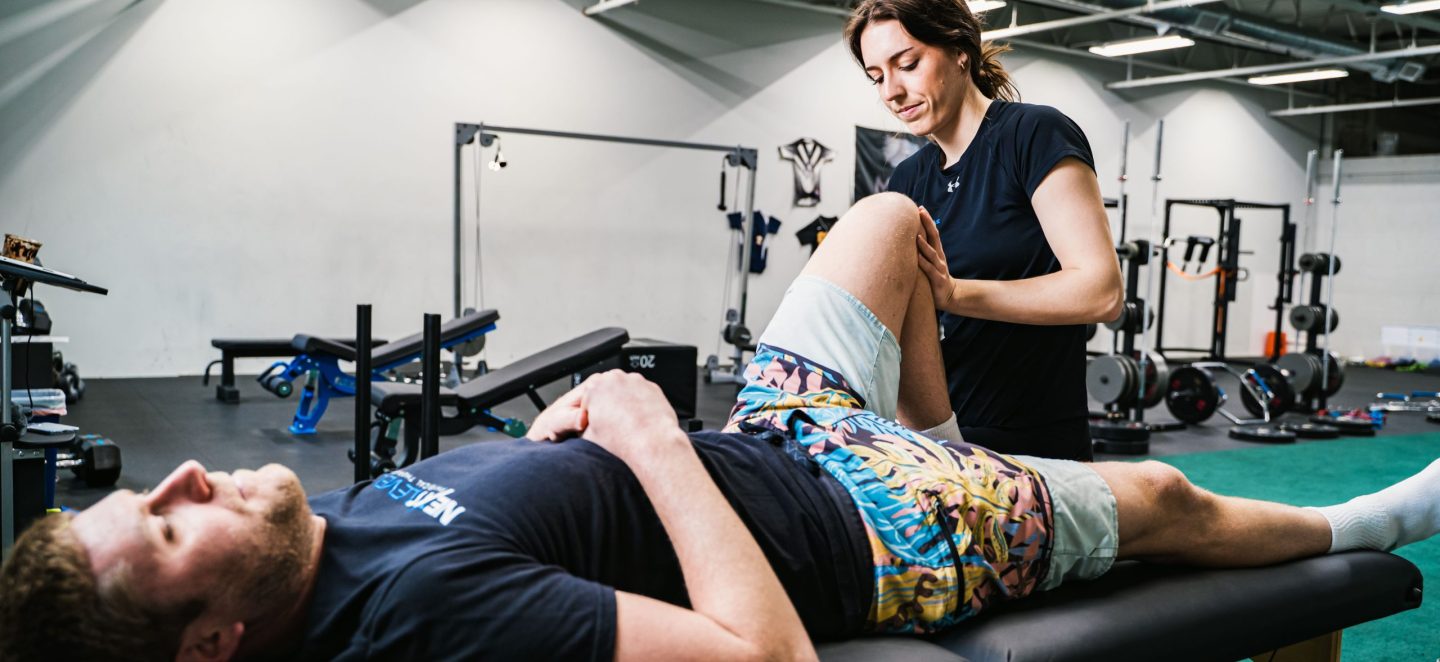
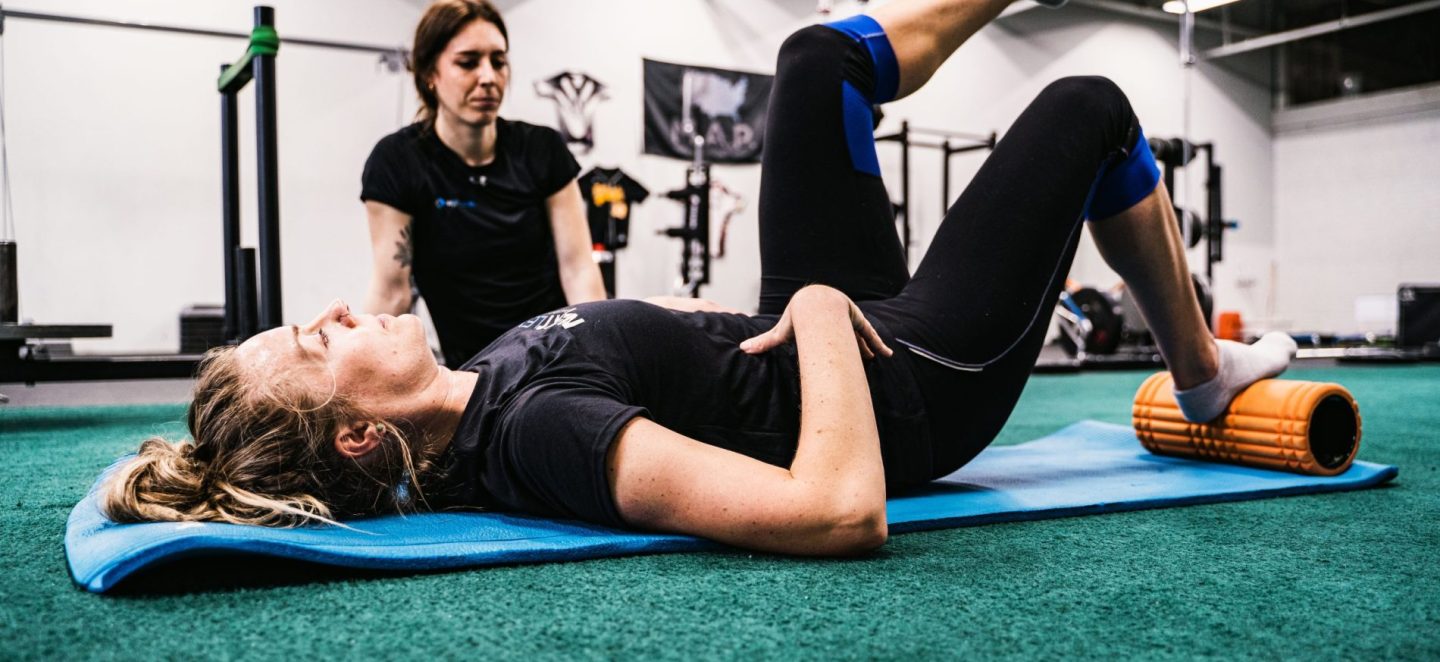
You’ve tried everything, but why hasn’t it worked?
You may have experienced 1 or all of the following:
These methods only give temporary relief because they are just fighting the symptoms and not connecting the dots from the deepest root. The body is too complex for such a basic approach.
You need a specialized solution that will treat the body as a whole and get to the root cause of your pain.
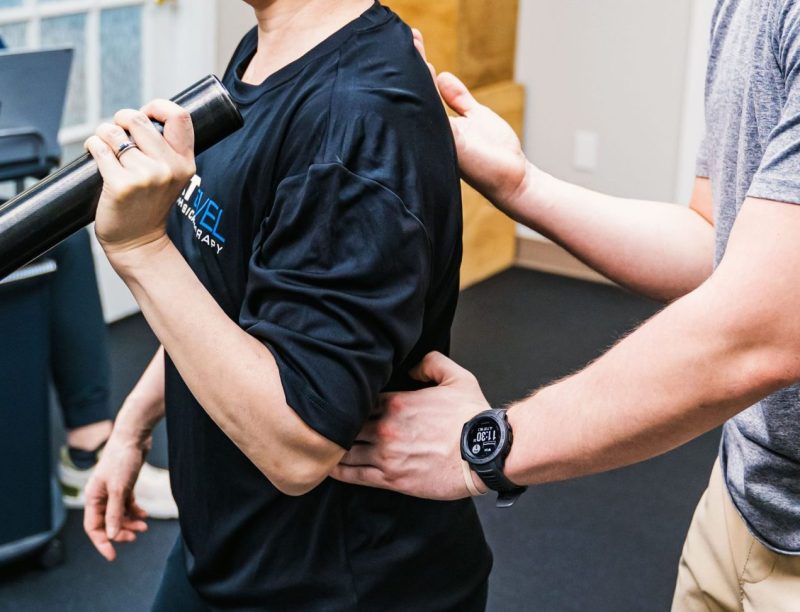
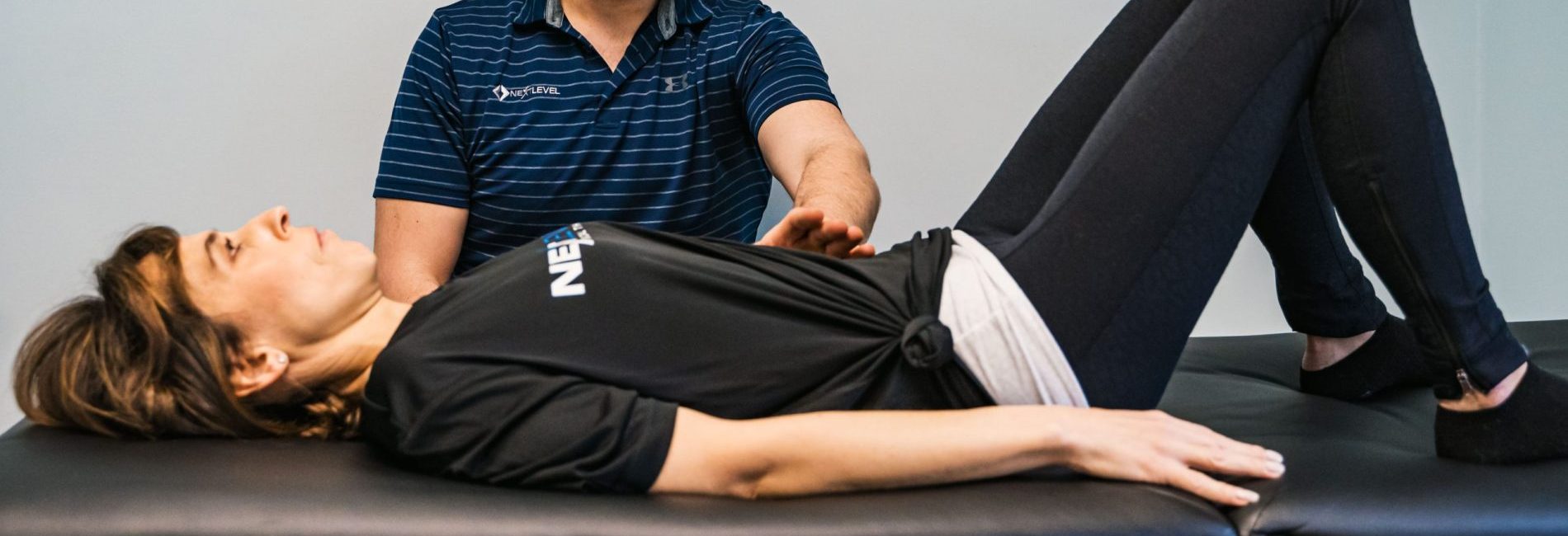
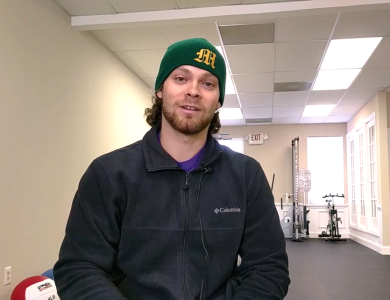
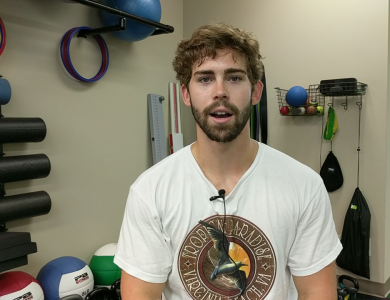
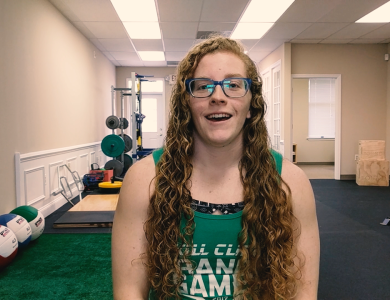
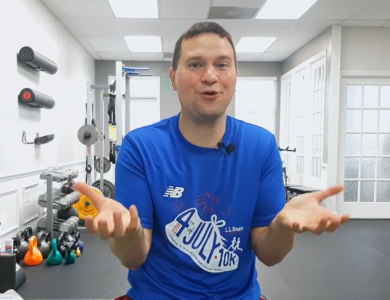

I’m writing this review as I am waiting for my appointment. Dr. Ben and his team is absolutely fantastic. I went to them a year ago for my tennis elbow and unlike other physio clinics, they didn’t just do he spot treatment but also found out the root cause and fixed that. The methods/exercises are not the conventional ones, but if you do them diligently, they work flawlessly. I saw Dr. Ben for a period of 6 months and it’s been a year since and the tennis elbow hasn’t returned. FYI, I do weight training and in spite of lifting heavy weights, my injury didn’t return.
They work in unison with my gym, so I didn’t have to stop working out or change any of my active lifestyle. Now I am waiting to get my knees checked, and I wouldn’t go anywhere but to next level therapy.
Highly recommend it!

Dr. Leor has helped me overcome tennis elbow as well as severe heel pain (plantar fasciitis) to allow me to enjoy playing tennis regularly and at a high level again. He is a pleasure to work with, gives you the right amount of motivation, and for someone like myself who likes to understand the “why” of how things work, takes time to explain things. He and his team of doctors regularly share techniques, its effectiveness, and results with each other which I find elevates the experience for everyone. I feel I could be in good hands with any one of them. Lastly, the staff is a joy to be around. I highly recommend Next Level PT.

As a Division 1 baseball player who received Tommy John Surgery (UCL Reconstruction) in April 2021, proper recovery was extremely crucial. When I came home from school for the summer, I attended Next Level Physical Therapy and saw Dr. Benjamin Fan. I was referred to Dr. Fan through my surgeon Dr. Chris Ahmad and his assistant, who is the Head Team Physician for the New York Yankees. I could not have been happier to have been sent to Next Level and Dr. Fan. The staff at Next Level are all very kind, personable, and friendly. I enjoyed seeing Dr. Fan twice a week throughout the summer. I was put through an amazing workout every time, and learned a great deal of tips and tricks. Dr. Fan has a ton of knowledge, and I will be incorporating a lot of workouts I learned through him in my routines. I always found his workouts to be helpful, and I always left feeling good. Dr. Fan is easy and fun to talk to, and I am very grateful to have met him. I could not have been happier with my experiences at Next Level Physical Therapy.